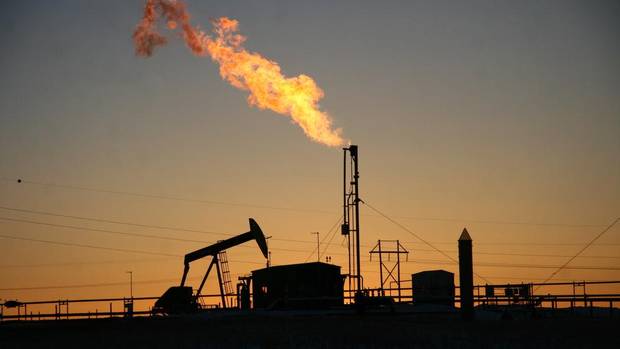Despite the Federal Government’s commitment to achieving zero gas flaring by 2060, the flaring of gas increased by 10 percent on a year-on-year basis in the first half of 2023. The flared gas amounted to 138.7 million metric standard cubic feet, valued at $485.3 million (N373 billion) at the current exchange rate.
The National Oil Spill Detection and Response Agency (NOSDRA) revealed that the oil-producing companies responsible for the flaring would face penalties totaling $277.3 million (N213 billion) for breaching gas flaring laws during the period. However, previous reports indicate that these companies have outstanding fines amounting to several billion dollars.
The volume of gas flared during this period was equivalent to 7.4 million tonnes of carbon dioxide emissions, which could have been used to generate 13,900 gigawatts of electricity per hour.
Despite efforts to reduce gas flaring, it has persisted in Nigeria since the 1950s, contributing to carbon dioxide and other harmful emissions in the atmosphere. The House of Representatives has initiated a probe into the alleged $2.5 billion annual loss from gas flaring, and an Ad hoc Committee has been inaugurated to investigate the issue.
The Committee aims to identify the root causes of gas flaring and recommend measures to put an end to this environmental and economic menace. Gas flaring not only results in lost revenue from its potential sale or utilization but also has adverse impacts on the environment, including soil, water, and wildlife.
The Nigerian Upstream Petroleum Regulatory Commission (NUPRC) maintains that the recently enacted Petroleum Industry Act (PIA) has adequate provisions to end gas flaring. The Act imposes high penalties against flaring, and winners of the Nigerian Gas Flare Commercialisation Programme (NGFCP) are expected to work towards ending gas flaring.































